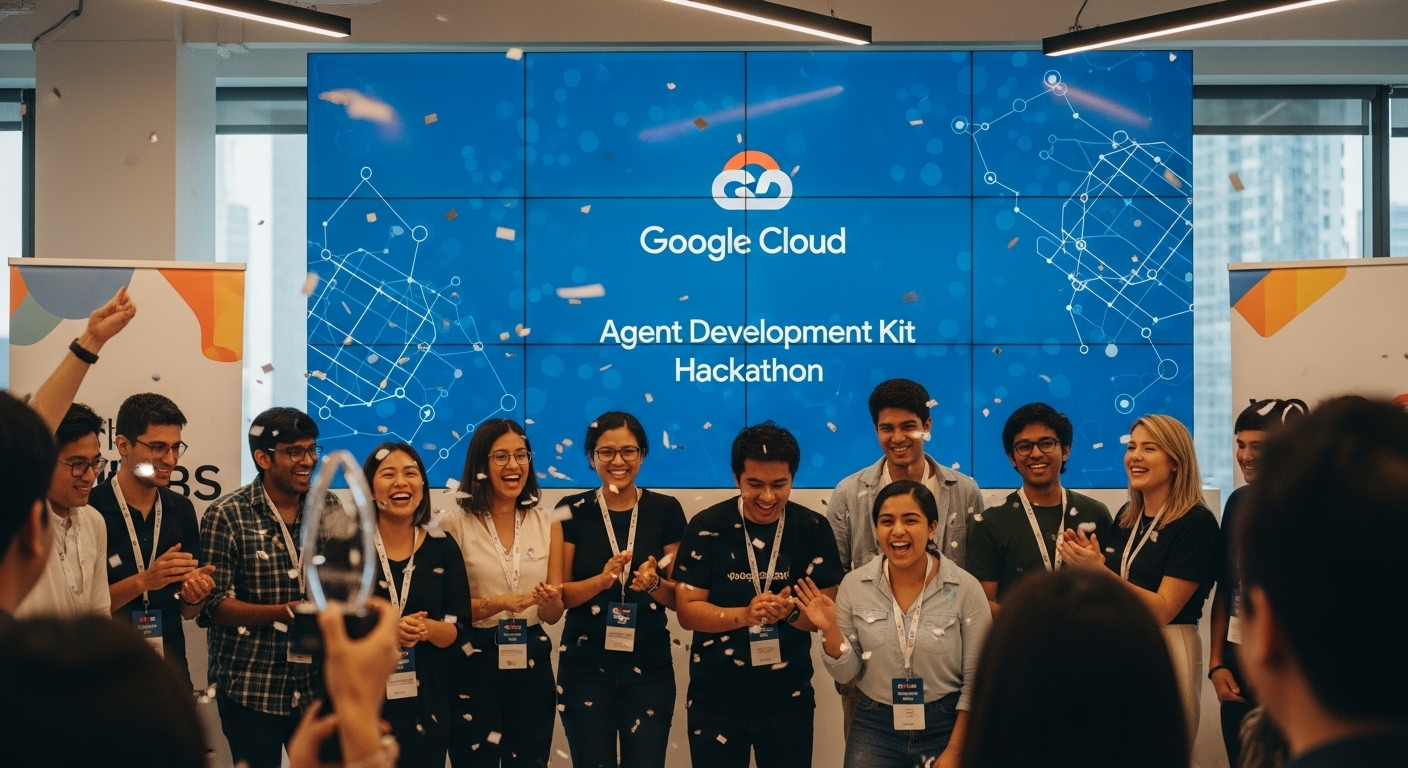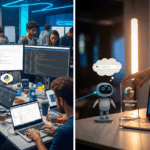California’s Digital Transformation: Powering a New Era with Google Cloud
California, a state synonymous with innovation, is undergoing a major digital overhaul. The Golden State is harnessing the power of Google Cloud to modernize public services, promising streamlined operations, enhanced security, and significant cost savings. This ambitious project marks a pivotal moment, and the results are already starting to reshape how the state serves its citizens.
Hybrid Cloud: A Flexible Foundation
At the heart of this transformation lies a strategic shift toward hybrid cloud models. This approach blends on-premise infrastructure with the scalability and flexibility of public cloud services. In essence, it’s about creating a tailored IT environment. But what does this mean in practice? Hybrid cloud allows organizations to optimize workloads, choosing the best environment for each task, whether it’s sensitive data on-premise or easily scalable applications in the cloud. While offering flexibility and cost advantages, it also presents challenges. Effectively managing resources, understanding cloud pricing models, and, above all, ensuring robust security are crucial considerations.
UC Riverside: A Blueprint for Success
The University of California, Riverside (UCR) serves as a compelling case study, illustrating the transformative power of this approach. UCR entered a three-year agreement with Google Cloud, gaining access to cutting-edge computing resources at a predictable, fixed cost. This financial predictability allows UCR to focus its resources on what matters most: research and education.
“UCR is making a major strategic investment in secure, agile, and scalable enterprise infrastructure and research computing services to facilitate innovation and opportunity,” explains Matthew Gunkel, Associate Vice Chancellor and CIO at UCR. This move is dramatically increasing UCR’s computing capacity, enabling advanced business intelligence and secure research computing environments. The ultimate goal is to foster groundbreaking discoveries and attract more research grants.
Empowering Researchers: The User’s Perspective
The impact extends beyond administration, directly affecting researchers. Dr. Bryan Wong, a UCR professor, highlights the tangible benefits. He requires high-performance computing for his research and previously encountered frustrating delays in accessing needed resources. “ITS’ new approach to research computing services is much easier and there’s no lag time,” Wong states. This streamlined access eliminates bottlenecks, accelerating research and fostering a more productive environment for discovery.
The Broader Impact and the Road Ahead
California’s cloud journey is far from over. Expect more hybrid cloud strategies to take hold, alongside a laser focus on security and cost optimization. Investing in cloud expertise will be critical for success. Further research into automation, multi-cloud integration, and data privacy will also be essential for the state’s digital future. The UCR model provides a valuable roadmap, showcasing the power of strategic partnerships and innovative cloud solutions.
Key Takeaways for California’s Digital Future
- Hybrid Cloud: A flexible approach that combines the best of both worlds.
- Security First: Prioritize robust security measures to protect sensitive data.
- Cost Optimization: Fixed-cost models and careful resource management are essential for long-term savings.
- Skills Development: Invest in cloud expertise through training and development.
California’s digital transformation offers a powerful lesson: strategically embracing the cloud can unlock significant improvements in efficiency, security, and cost-effectiveness. It’s a journey with the potential to reshape how government and educational institutions operate and serve their communities, setting an example for the rest of the nation.



